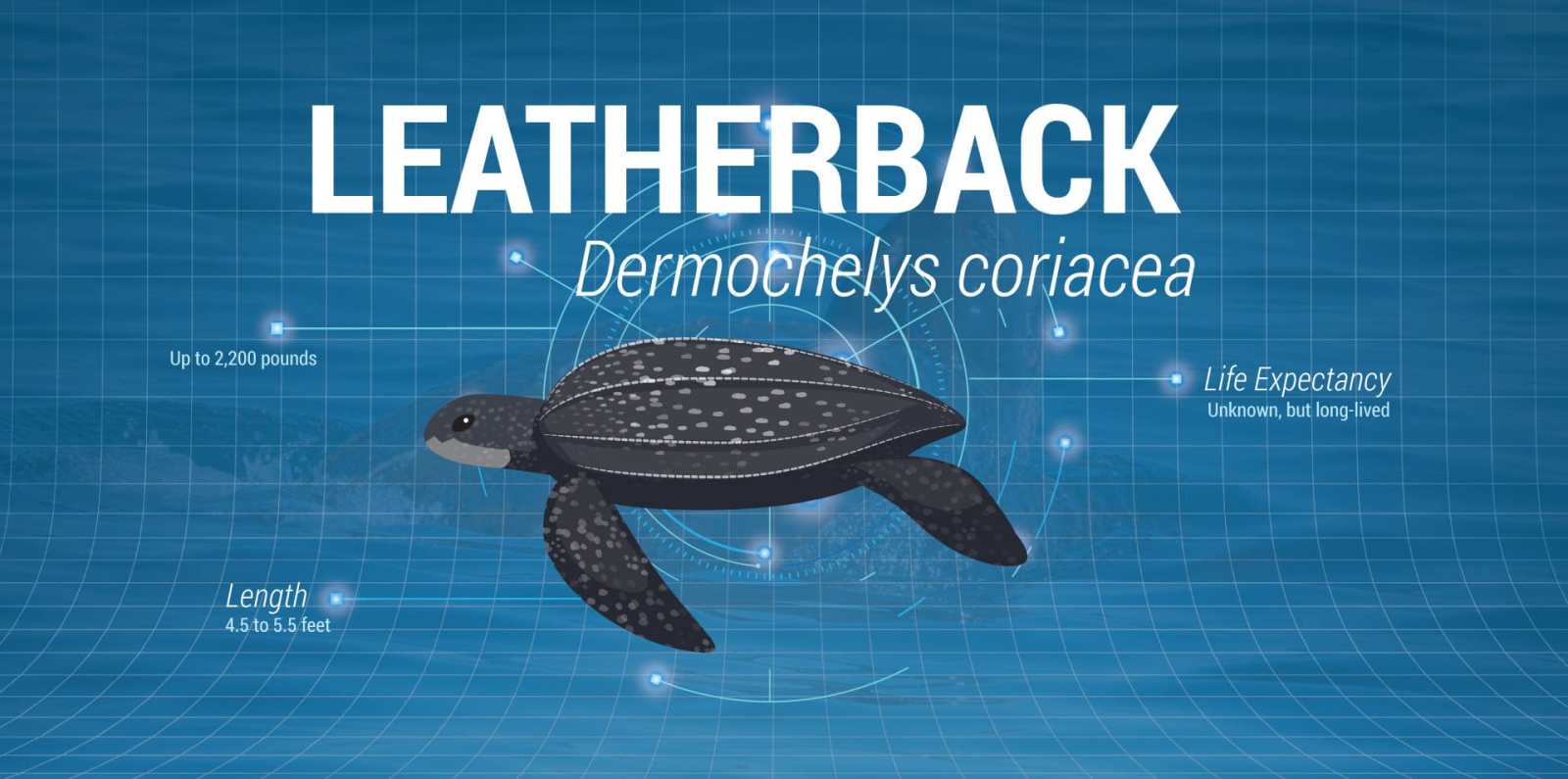LEATHERBACK SEA TURTLE


Leatherbacks belong to a different taxonomic family than the six other sea turtle species found in the world. They have existed in their current form since the age of the dinosaurs. Leatherbacks are highly migratory, some swimming over 10,000 miles a year between nesting and foraging grounds. They are also accomplished divers with the deepest recorded dive reaching nearly 4,000 feet—deeper than most marine mammals.
PREY
Leatherbacks lack the crushing chewing plates characteristic of other sea turtles that feed on hard-bodied prey. Instead, they have pointed tooth-like cusps and sharp-edged jaws that are perfectly adapted for a diet of soft-bodied open ocean prey, such as jellyfish and salps. A leatherback’s mouth and throat also have backward-pointing spines that help retain gelatinous prey.
PREDATORS
Killer whales and Tiger Sharks are known to prey on Leatherback Turtles.
THREATS
The primary threat to leatherback turtle populations worldwide is bycatch in fishing gear. Bycatch primarily occurs in gillnets, longlines, trawls, and trap/pot fisheries. Sea turtles have been intentionally killed for their meat and skin for hundreds of years. This continues to be a serious threat to leatherbacks, with adult female leatherbacks primarily killed on nesting beaches in some areas. Development on and near nesting beaches can result in changes that affect nesting and nest success. These human-related changes include beachfront lighting, shoreline armoring, and beach driving. Additionally, nest predation by non-native predators introduced by humans, or changes to the natural beach/dune ecosystem can result in predator imbalances and increase nest predation.
(Information from NOAA Fisheries. fisheries.noaa.gov)
